Running fast towards my rendezvous with the Aston Martin DB11, the challenge it is about to take on is clear.
The Bentley Continental GT Speed under my right foot doesn’t feel like a car in need of replacement at all. Indeed, I’d argue the greatest trick it ever pulled is not to have lived a life this long – it’s already in its 13th year – but to have become so improved within that span as to be a better car today relative to its peers than when it was new back in 2003. Usually, cars just don’t do that.
And if it seems odd to be banging on about a rather old Bentley in a test whose primary focus is a brand-new Aston Martin (upon whose shapely shoulders rests to one extent or another the future of the company that makes it), I’d ask you to bear with me for the duration of this paragraph, because this stuff matters. If you and I are to understand the nature of the challenge, we must peer beyond the immediately evident – the respective power-to-weight ratios, looks, mass and age gap. We must appreciate that in its sense of solidity and sheer structural integrity, the Bentley has a quality as easy to appreciate in reality as it is difficult to express in numbers on a page. For customers who must value what a car would be like to live with as much as what it would be like to drive, this talent is not only compelling but, if the Aston is to win here, must also be overcome.

The DB11 sits in a lay-by at the bottom of a mountain while Autocar staffers sponge away the last of the road grime from its flanks. I know some have their reservations, but to me this is how a 21st century Aston should look: modern, dynamic, respectful to its past but not manacled to it. It looks small next to the Bentley, but it’s not, really. It’s just over 70mm shorter and less than 5mm narrower and sits on a longer wheelbase. The almost 12cm height differential is the only truly telling statistical difference between them on the outside.






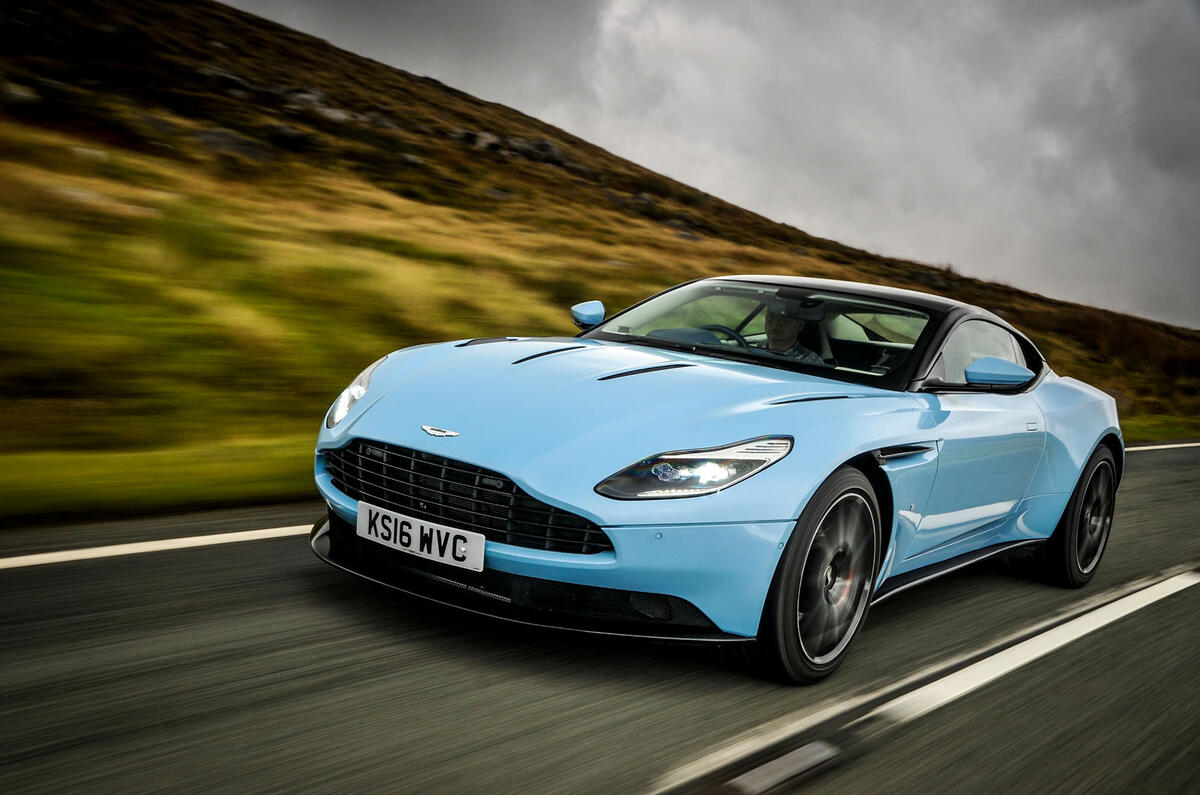











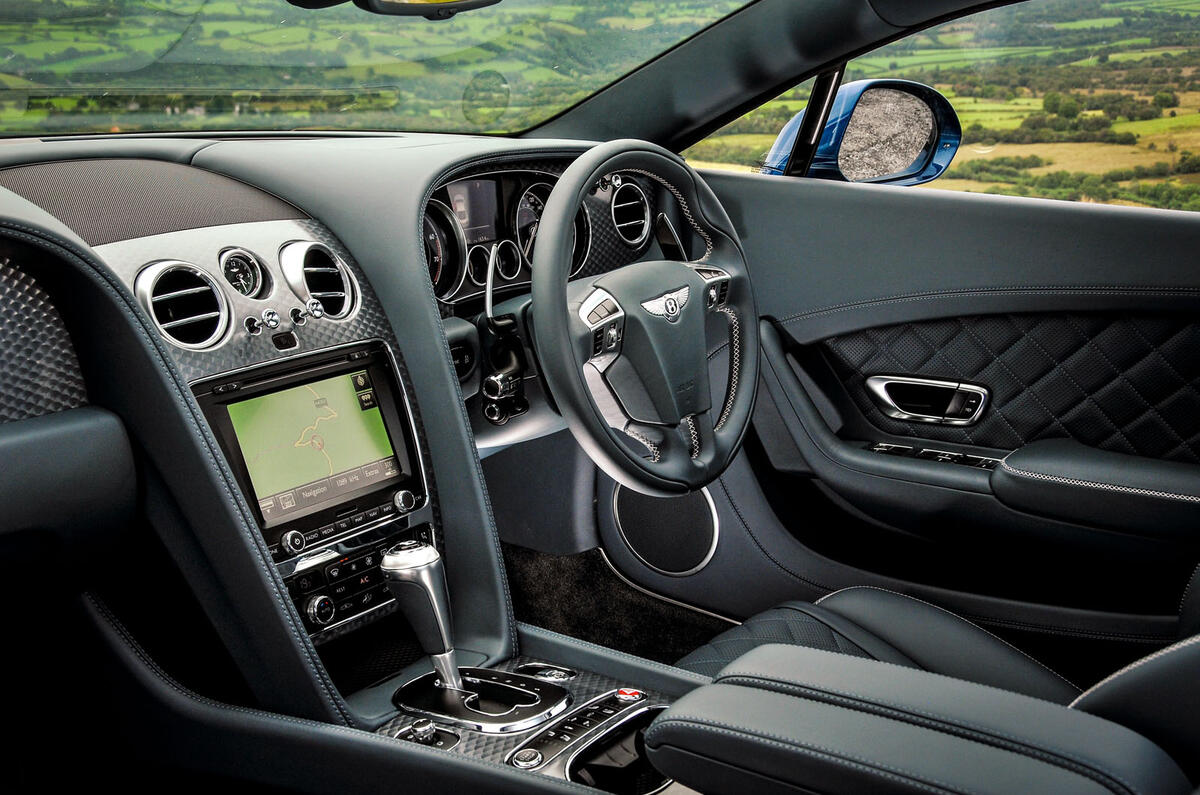


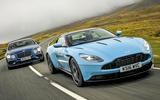







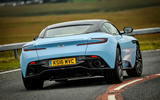

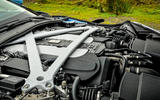
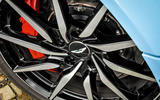






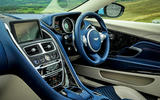


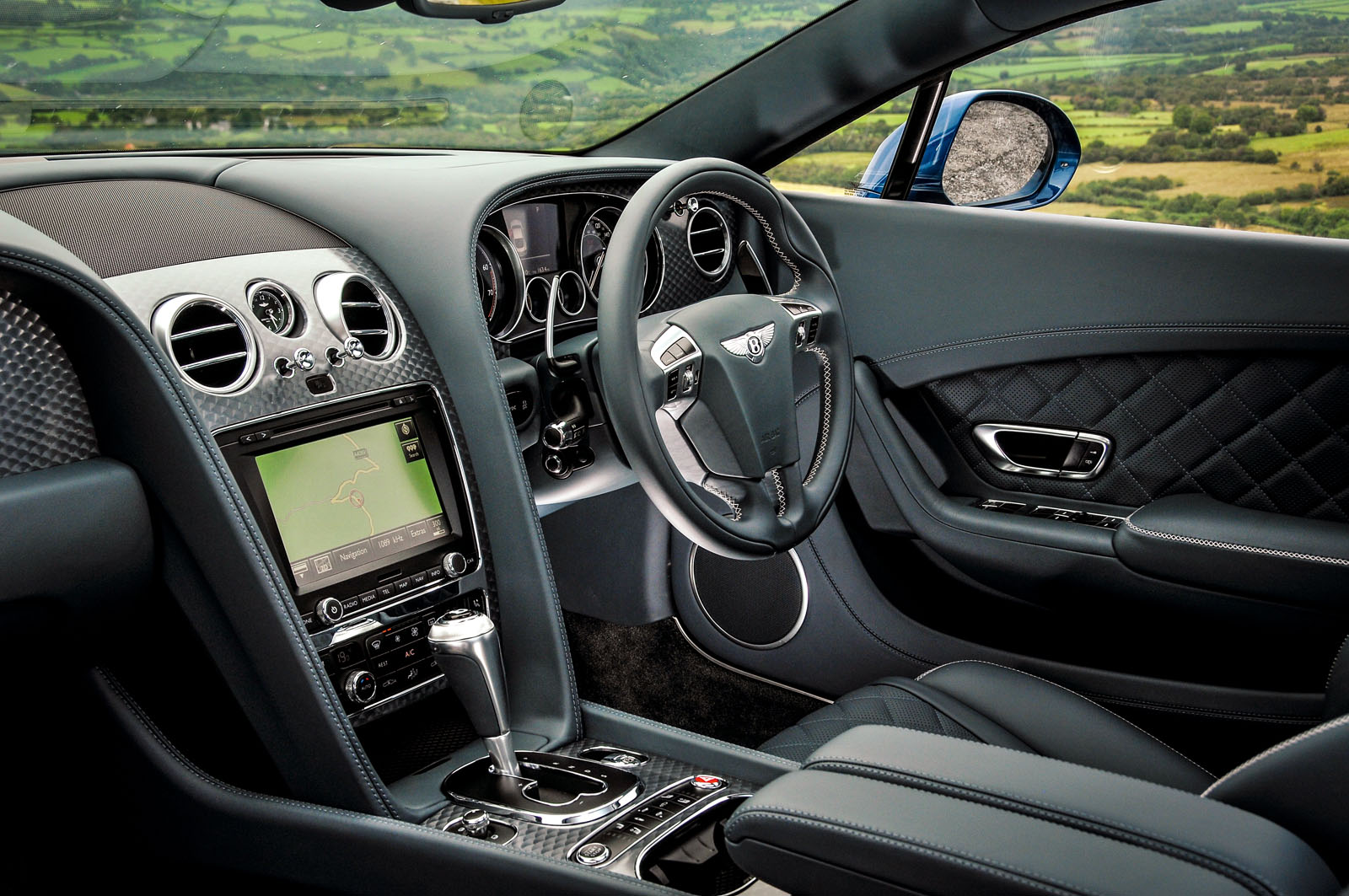





Join the debate
Add your comment
That Aston looks odd
I mean honestly, all Aston have done is use the same basic Aston volumes, squash certain bits, add terribly cheap features that could fit on any sports car, and then finally mess up the stance of the car. Look at the car from rear 34 view. It has no stance, no power. Looks like it doesn`t know what it wants to be. And the front end - those headlights have got about 4 different designers lines in them, hence all the wierdly placed direction changes. Purity is lost.
Aston clearly have no idea where they want to take the brand. No vision. What a pity.
On a plus point that horrific blue interior isn`t standard, and the wing mirrors are alright.
Colour sensitivity